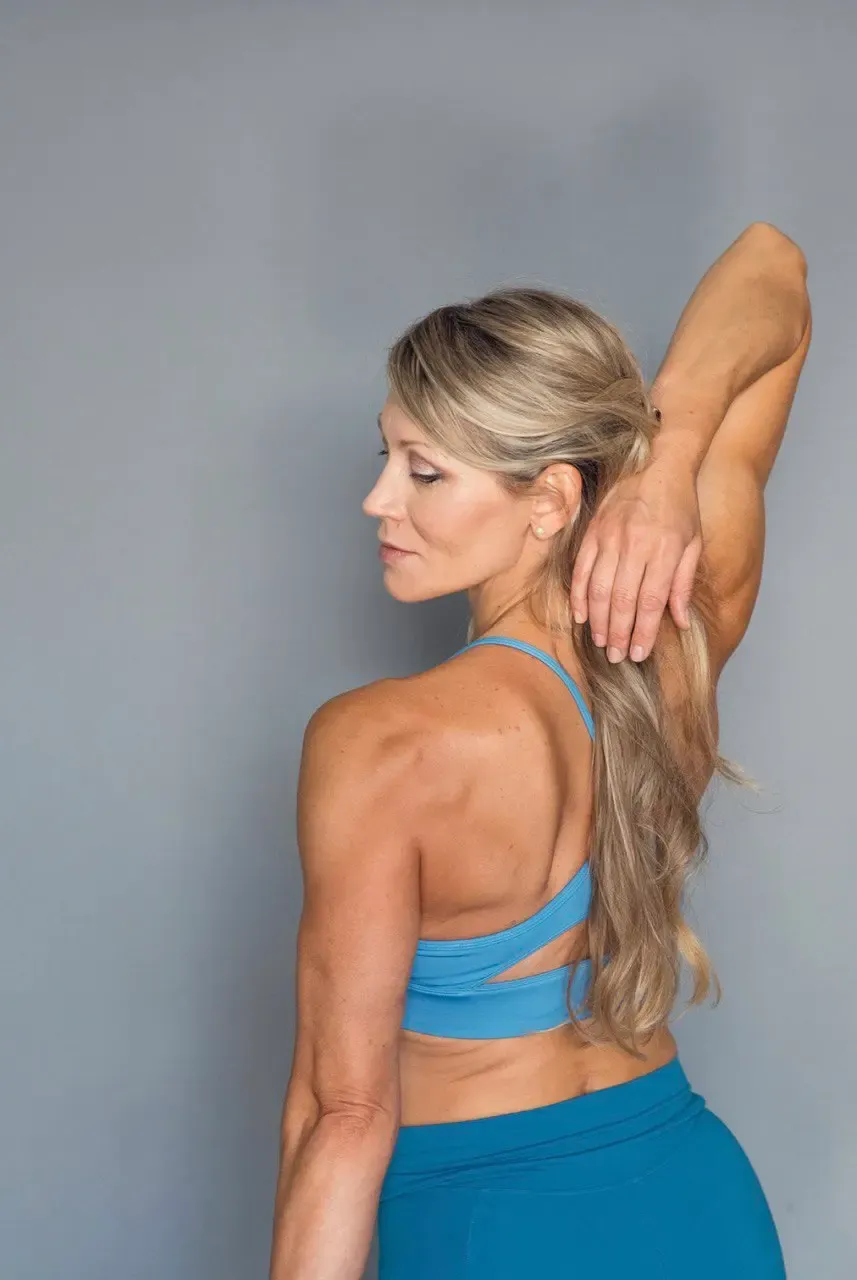
Everything in the body is interconnected and works like clockwork. In the same way, our appearance affects our mood and self-confidence. Sometimes we catch ourselves thinking that something in our image feels off, and we want to change or add something. And sometimes, a person walks down the street in plain clothes, not attracting attention — yet we can’t take our eyes off them. The secret is simple: they have perfect posture. Today, we’ll talk more about it — what it depends on, what it affects, the different types, and how to make it correct.
What is posture?
Posture is the position of the body that a person assumes and maintains on their own. It can be held in a state of rest and during active movement. Everyone’s posture looks different. Its position depends on lifestyle, physical fitness, and other factors. It can also change with age.
Many experts have studied the question, “What is straight posture and how does it affect a person?” and have come to an interesting observation: people who are confident and have high self-esteem usually keep their backs straight. Body posture can say a lot about a person — for example, how they feel inside and how they relate to those around them. To become more self-confident, it’s worth taking care of your back health — posture affects both physical and mental well-being.
The foundation of good posture is the correct alignment of the pelvis and ribcage relative to each other. In this position, it’s also important to maintain 360° breathing.
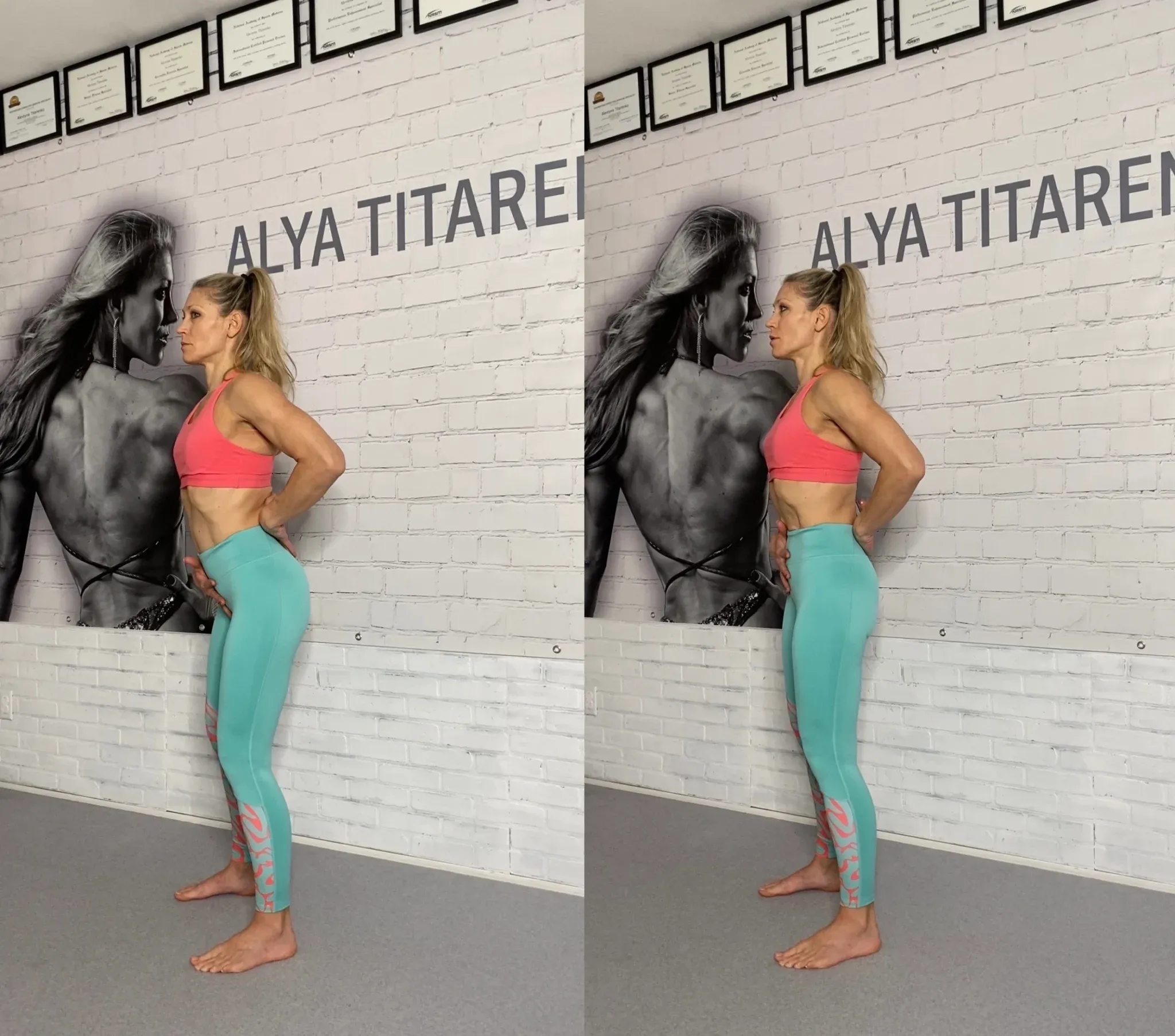
Correct Posture = A Healthy Spine
Fortunately, poor posture is not a disease — it's more of a bad habit. For a long time, people tend to ignore it, unknowingly making things worse for themselves. But habits can be broken — all it takes is desire, willpower, and self-discipline.
The main enemy of posture is slouching. It usually appears when a person stops moving actively, spends most of their time in one position, doesn’t hold their back properly, and lets it stay relaxed for long periods. Many people prefer watching movies over spending time outdoors — a big mistake, since walking has an overall positive effect on the body. And those who work from home, sitting for hours at the computer? That lifestyle consumes people and ruins their health. It’s important to fight this and change your habits as soon as possible!
Main causes of slouching:
- Excess weight
- Uncomfortable clothing and footwear
- Inactive lifestyle
- Poor bedding or work setup
To correct this flaw, you need to change your lifestyle: add activity to your daily routine, finally start doing posture exercises, or sign up for online fitness classes with a coach. Simply remembering to straighten your back a few times a day is not an effective therapy and won’t bring results. This position needs to be maintained consistently, with additional training. These exercises will tone and strengthen your back muscles — and they’re not hard or time-consuming. By dedicating just half an hour to yourself, you can help your health significantly.
Types of Posture
There are different types of posture. They vary from person to person, though some types can be common. Both genetic predisposition and lifestyle play a major role. In healthy posture, body parts are symmetrically aligned with the spine. Any defects or irregularities indicate that something is wrong.
Main types of posture:
- Normal
- Flattened
- Slouched
- Kyphotic
- Lordotic
Normal Posture
People with this posture can easily perform physical tasks. Movements feel light, energetic, and strong. They experience improved well-being and mood, with no back pain. The body’s load is distributed evenly.
Signs of good posture:
- Shoulders are relaxed and open
- Head is held high
- Stomach and hips are firm, nothing is sagging
- Spine alignment is clearly visible
Flattened Posture
This type is quite rare. The natural spinal curves are barely visible. Issues caused by this posture may include lateral spinal curvature, reduced oxygen intake, and discomfort.
Slouched Posture
This is easy to recognize: a rounded back and head jutting forward. Children often suffer from slouching, as their heads are not proportionate to their bodies, and their neck muscles are too weak to evenly distribute the weight.
The problem is made worse by factors like poor posture at school desks, lack of physical activity, and psychological insecurities. That’s why it’s important to teach kids proper posture early and encourage a love for sports. If not addressed, the child starts slouching, which leads to back pain and discomfort that interferes with daily life. Many people suffer from this but don’t take it seriously — though they should, as health problems only get worse with time.
Kyphotic Posture
This type is noticeable by a protruding stomach, forward-drawn shoulders, slightly bent knees, a curved spine, and a rounded back. It interferes with the normal functioning of the lungs and heart. Overloading the body can lead to this kind of posture.
Lordotic Posture
This posture is easy to identify: the stomach sticks out and the torso leans back. It arises due to weak abdominal muscles and curvature in the lower back. A dislocated hip joint can also cause it. Excess weight is another contributing factor.
What Proper Posture Looks Like
Earlier, we described the basics of proper posture. Here are some additional details:
- The angle between the neck and shoulders is straight — this should be visible to the naked eye
- The left and right collarbones are even and aligned
- Shoulder blades are flat against the ribcage
- Belly button is centered
- Folds at the buttocks and knees are level
- Stomach is tucked in and not hanging
- Shoulders are pulled slightly back, chest pushed forward
What to Do to Develop Proper Posture
Ideal posture can be developed at any age and maintained as long as needed. The question is how much your health means to you. The impact of poor posture is immediately visible — even on your face.
How posture affects the face:
- Poor circulation causes dull skin tone
- Dry skin leads to premature wrinkles
- Impaired fluid drainage causes facial sagging and jowls
Before improving your back, you need to know what it currently looks like. To check, stand with your back against a wall. Your head, shoulder blades, and buttocks should touch the wall. There should be a hand-width space between the wall and your lower back. Your heels and calves should also touch the wall. Seeing yourself from the front and side in this position can help assess your posture.
Tips for Improving Posture:
- Don’t cross your legs while sitting — it disrupts blood circulation
- Avoid carrying heavy loads or overexerting yourself in workouts — distribute the load according to your physical ability
- If you must sit for long periods, take a 15-minute break every hour — this will improve blood flow and make you feel more comfortable
- Exercise is crucial for a healthy back — with the right set of movements, you can see great results in a short time
Now that you know how to straighten your posture, it’s time to take action. Here are some effective exercises to improve your posture.
Exercise 1:
Standing or kneeling, open your arm as you inhale, then engage your core and close your arm as you exhale.
Avoid shrugging your shoulders or arching your lower back.
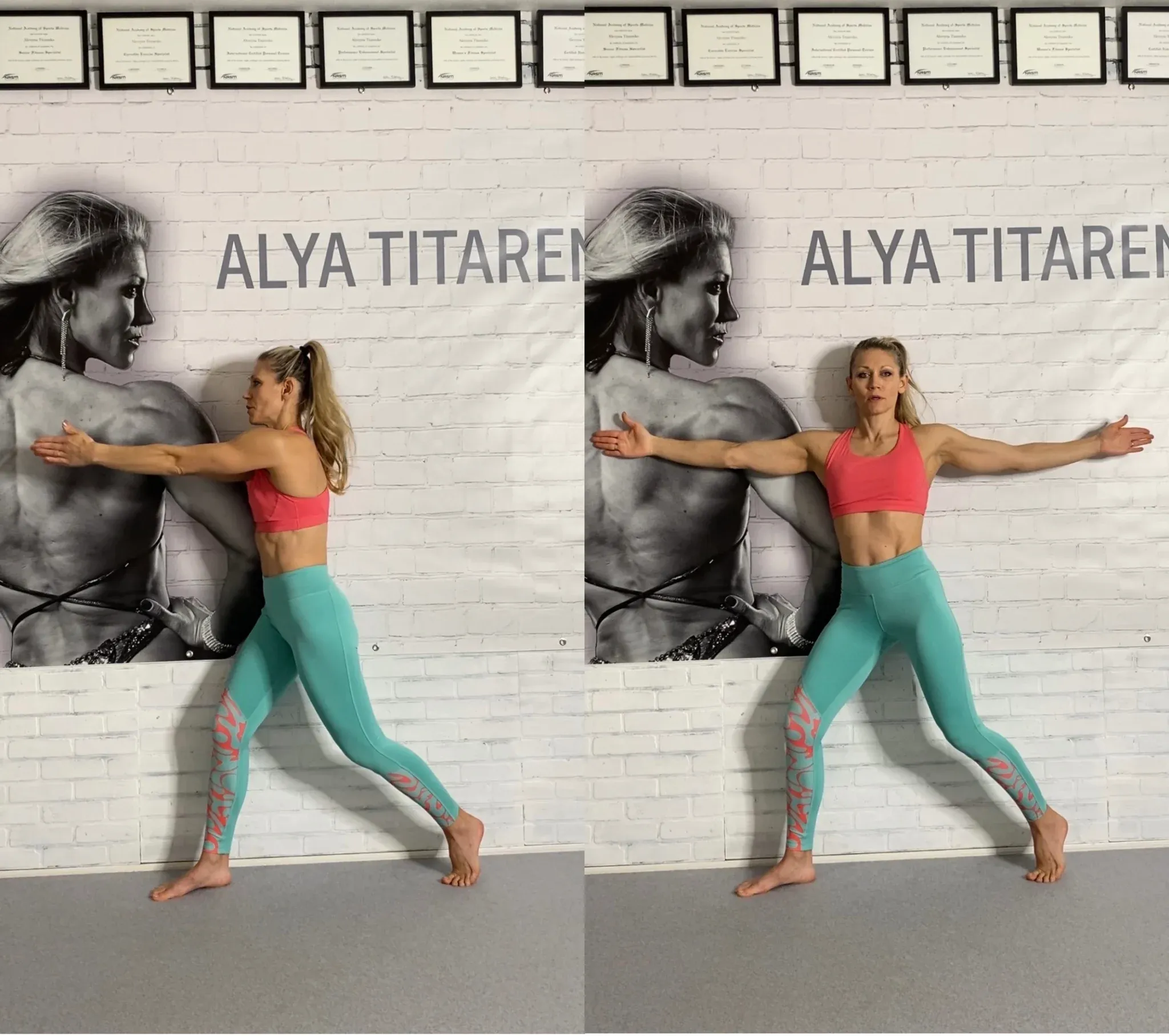
Exercise 2:
While bent over, press the dumbbells upward as you exhale.
Keep your back straight, maintain steady breathing, and engage your core during the exhale.
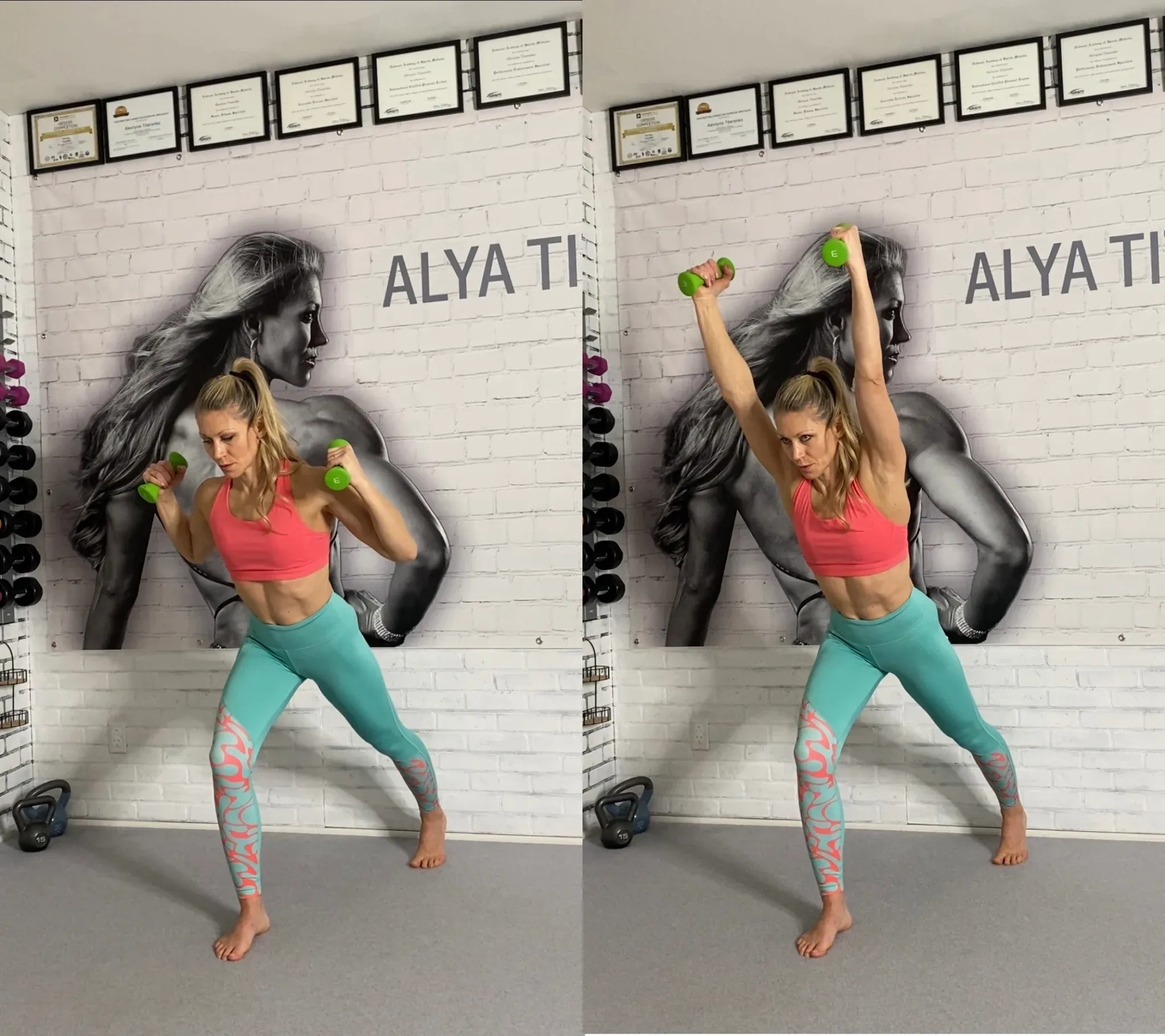
Exercise 3:
Lie on the floor. Breathe into your ribs and back.
As you exhale, extend your straight arms out to the sides while drawing your shoulder blades down toward your pelvis.
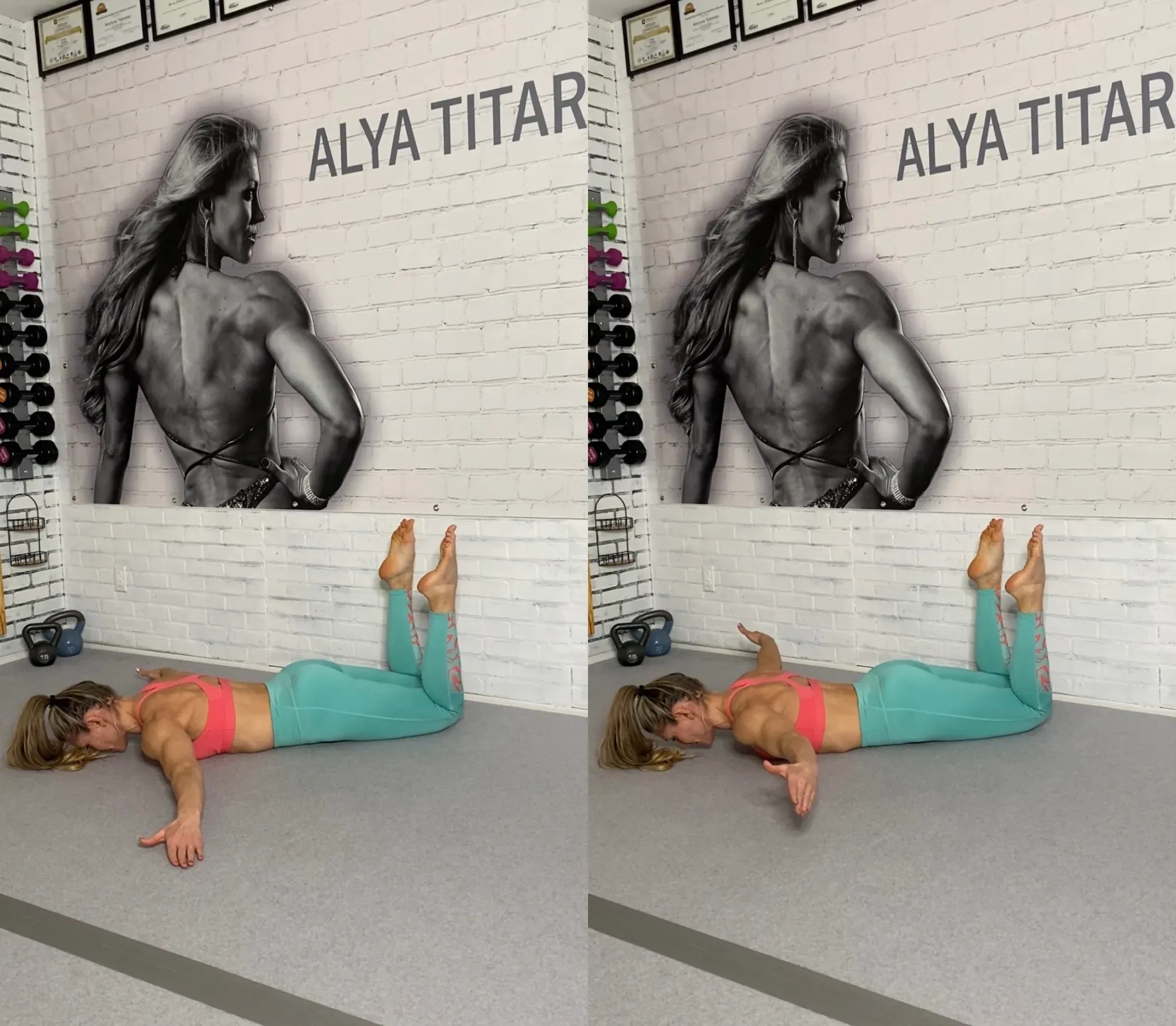
Stay beautiful and confident — your fitness coach, Alevtina Titarenko 😉